For a circle hook to be most efficient, the hook should be as exposed as possible. One way to do this is the use of small rubber bands to "bridle" a bait. When bridling a bait, you’re creating a small space between the bait and hook, so the entire circle hook is in the open to ensure a quality hook-set.
Bridling is normally used when fishing with live baits, but can be just as effective when using dead baits when drifting whole fish or slabs or chunks for sharks, snook, tarpon, cobia or large bottom fishes, such as groupers. “Bridling unquestionably improves hookup-to-catch ratios.”- saltwatersportsman.com
Orthodontic-type rubber bands work extremely well on both small and large live baits, such as herring, pilchards or goggle-eyes. To learn how to bridle a live bait properly, follow the steps listed below, or checkout the saltwatersportsman.com article on their site.
- Slide the rubber band onto the rigging needle, and loop it over the hook.
- Pass the rigging needle through the bait, and pull the rubber band through behind it.
- Pass the hook point through the loop of the rubber band, and remove the rigging needle.
- Spin the hook a few times to consolidate the four strands of the rubber band.
- Pass the hook point between the tight space between the bait and the twisted bridle, making sure you don’t miss a loop, or the bridle will unravel. That’s all there is to it!

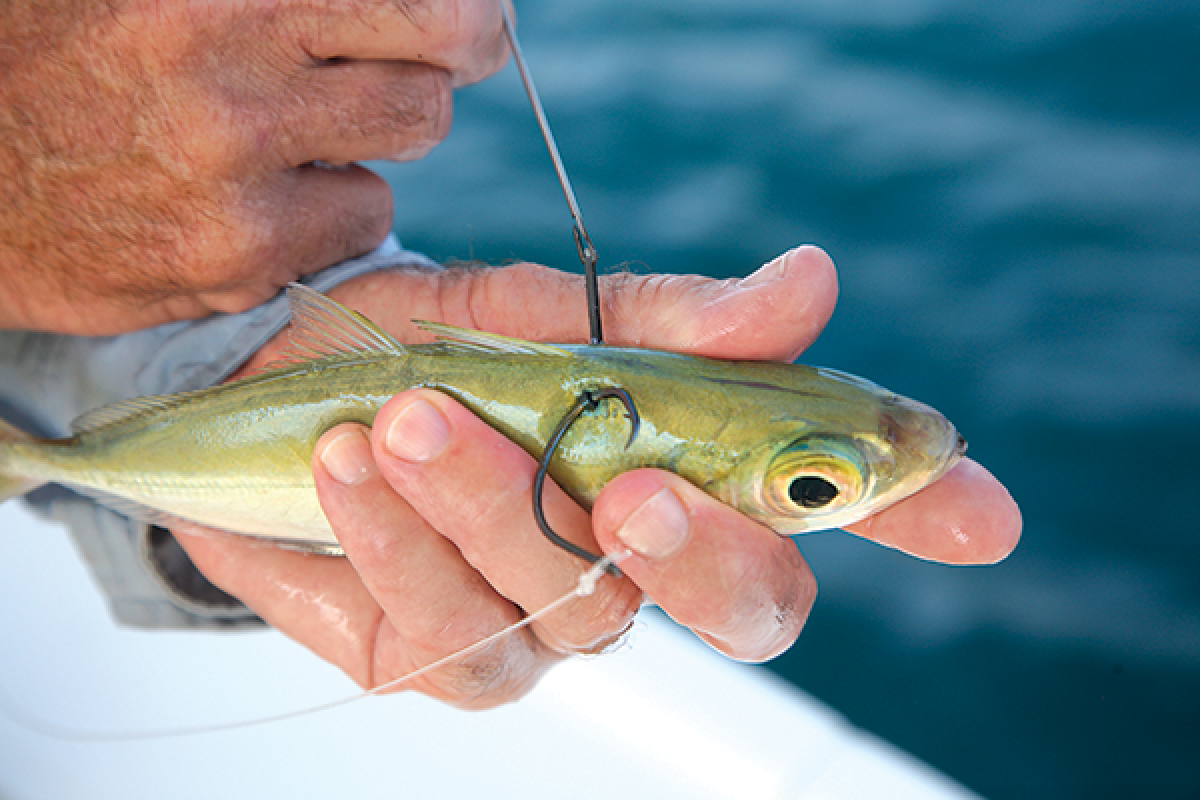

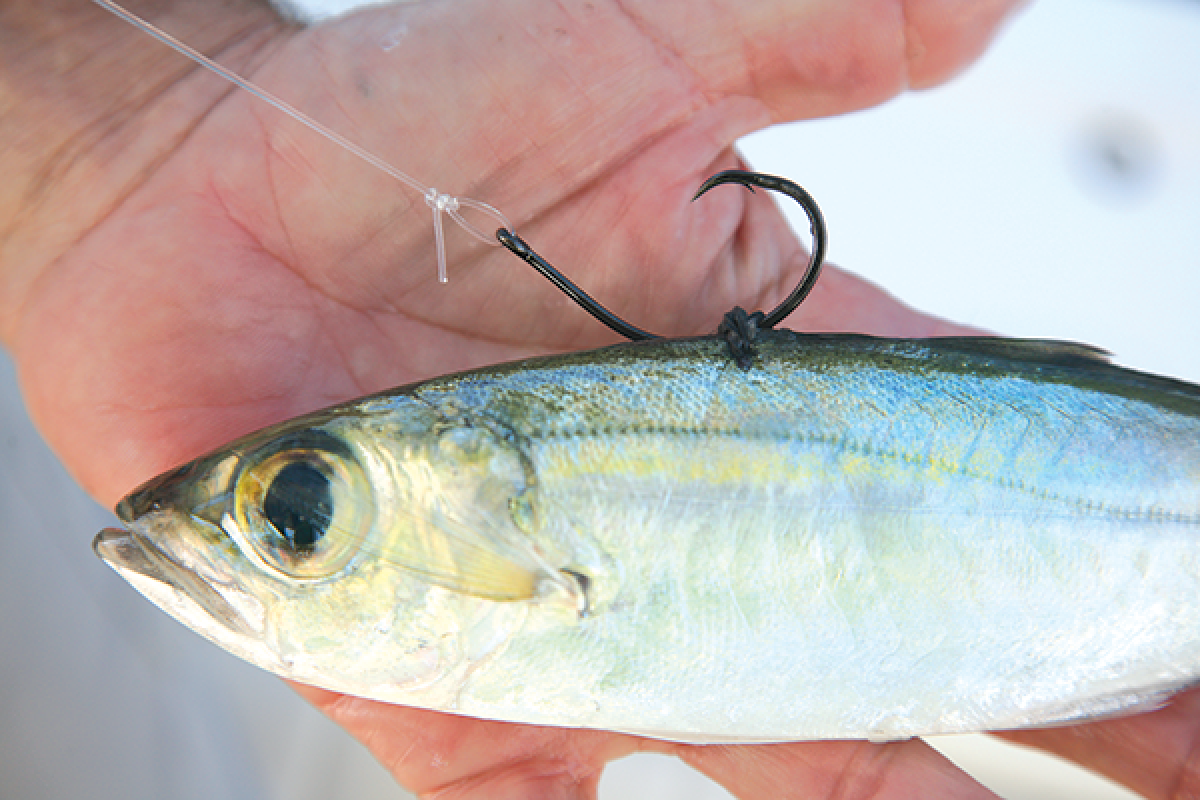
Photos from www.saltwatersportsman.com
Be sure to tag us in your awesome fishing pics for a chance to be featured on Instagram or Facebook and check out our tips from the pros, and full episodes at www.intotheblue.tv
Once the fish is done you can just pull the meat off the bones and start building your tacos. Add some lime juice and bring the pulled meat back to the grill while you wait on the corn to finish. Once this is all done, you can add your street corn sauce, and build your tacos with your preferred toppings.
Scott Walker is featured on the Tom Rowland Podcast explaining how to mark birds on the Simrad Halo Radar. Watch this video or listen to the audio version to learn how yo can use these settings on your own boat to mark more birds and catch more tuna!
S12:E10 - “Great Bait! I’m Hooked” (2020)
Capt Scott Walker and Capt Steve Rodger break down the best-kept secret bait spots in the Keys.
Scott Walker is featured on the Tom Rowland Podcast explaining how to mark birds on the Simrad Halo Radar. Watch this video or listen to the audio version to learn how yo can use these settings on your own boat to mark more birds and catch more tuna!
When you buy your Simrad unit, it's going to come pre-loaded with the entire navigation of the United States - east and west coast including Great Lakes - but it's kind of basic. If you want to enhance that map you can use C-Map and C-Map reveal. I highly recommend you get this chip once your Simrad is installed.
S12:E9 - “Hawks Cay Wrecks” (2020)
Capt Scott Walker and Capt Steve Rodger explore the fertile waters around Hawk's Cay
Back in the day when we started using the radars to navigate inlets and find fish. We had to get to the boat early to turn the radar on and then wait. Yeah, and then once it warmed up, then you had to actually pick a target in the marina and set the gain on it set to sea state for the day and then going off that one marker you knew that you were dialed in for the day and you do every day.
S12:E8 - “Tuna Time” (2020)
Capts Scott Walker and Capt Steve Rodger go out in search of Big Tuna!
Our edge on the water is the fact we find the birds first. The radar gets us in the right area, binoculars put us in the right spot. Everyone on board will have a set of the Nikon 7 by 50 Global Compass binoculars with a built-in Compass.
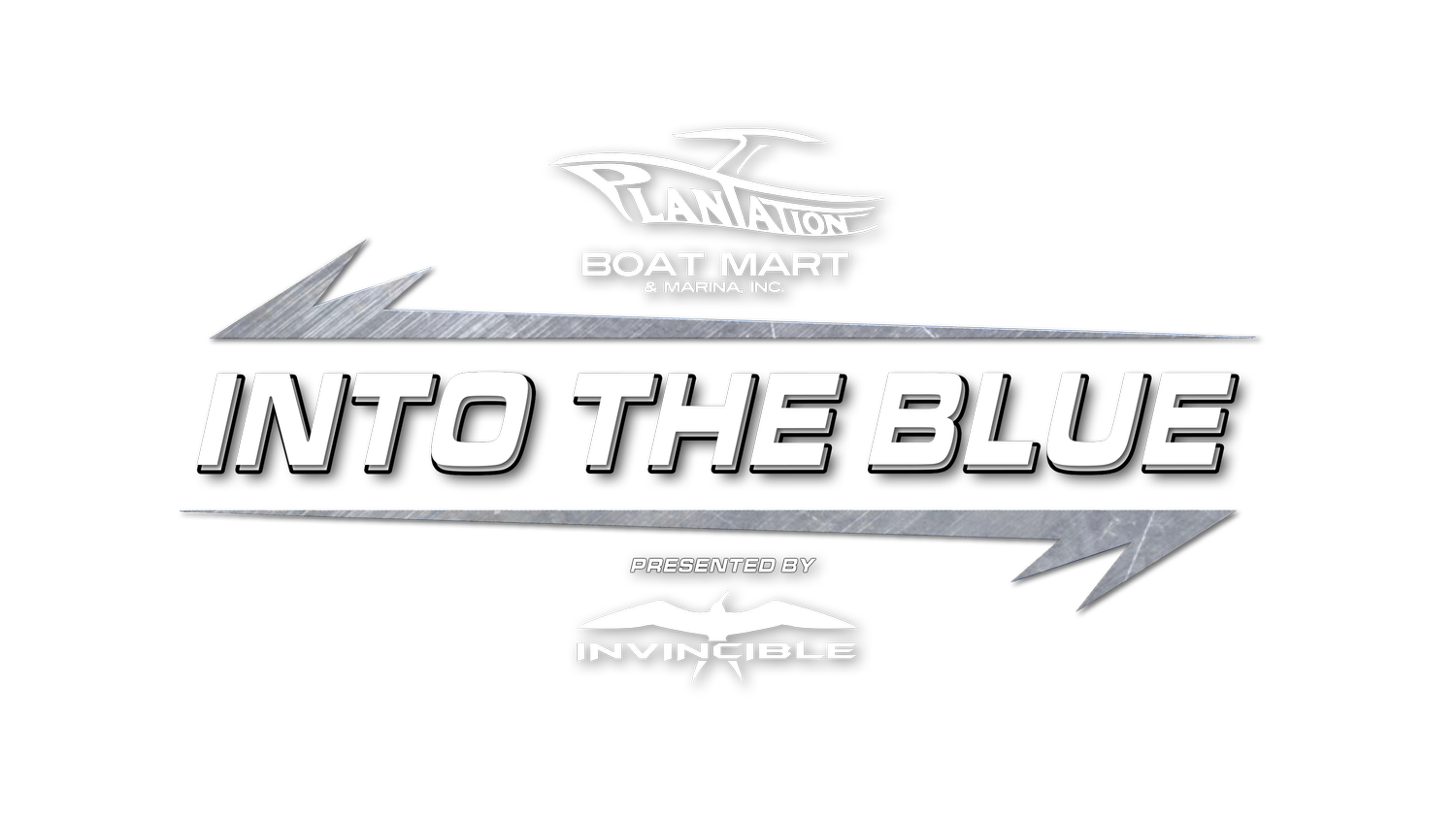

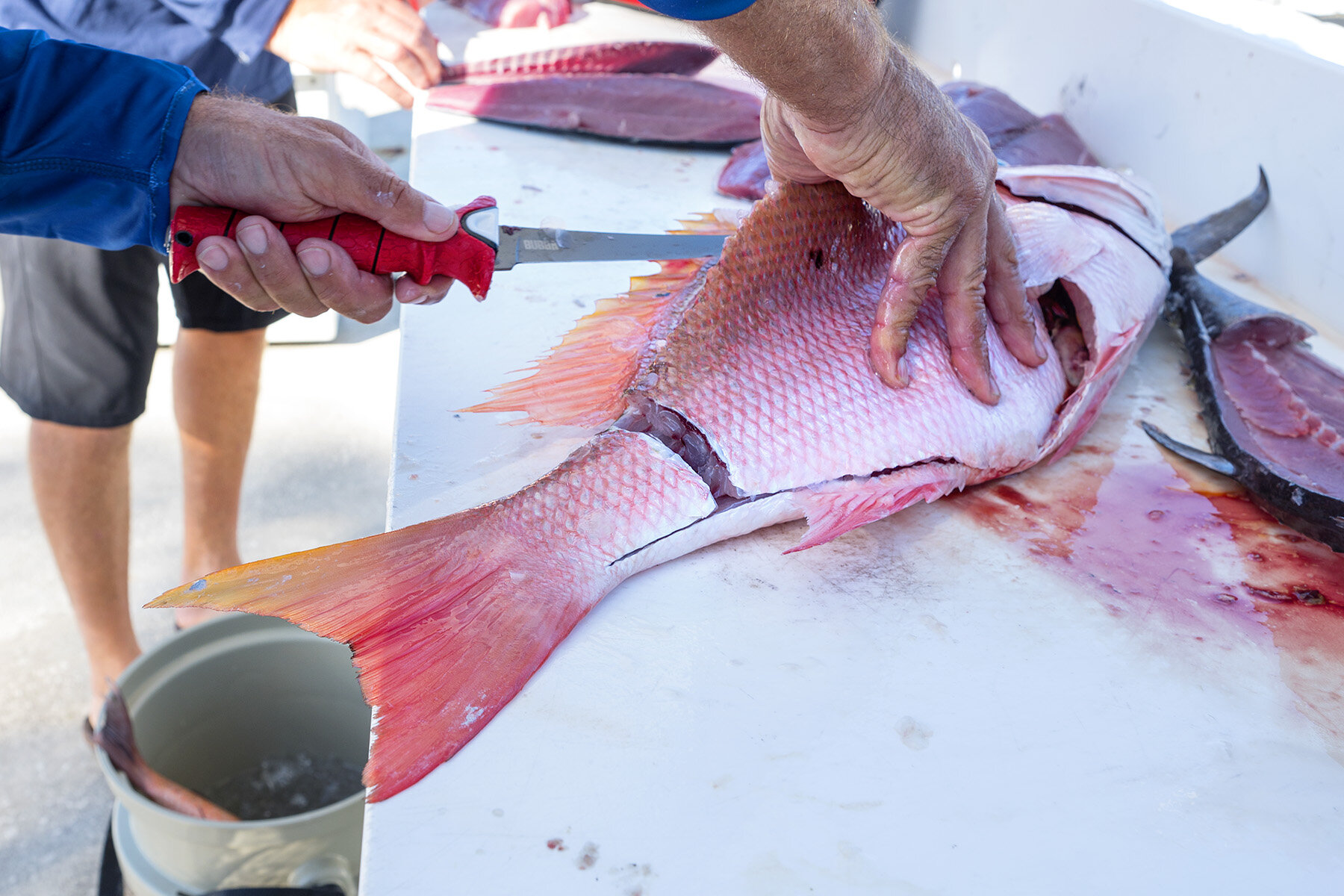
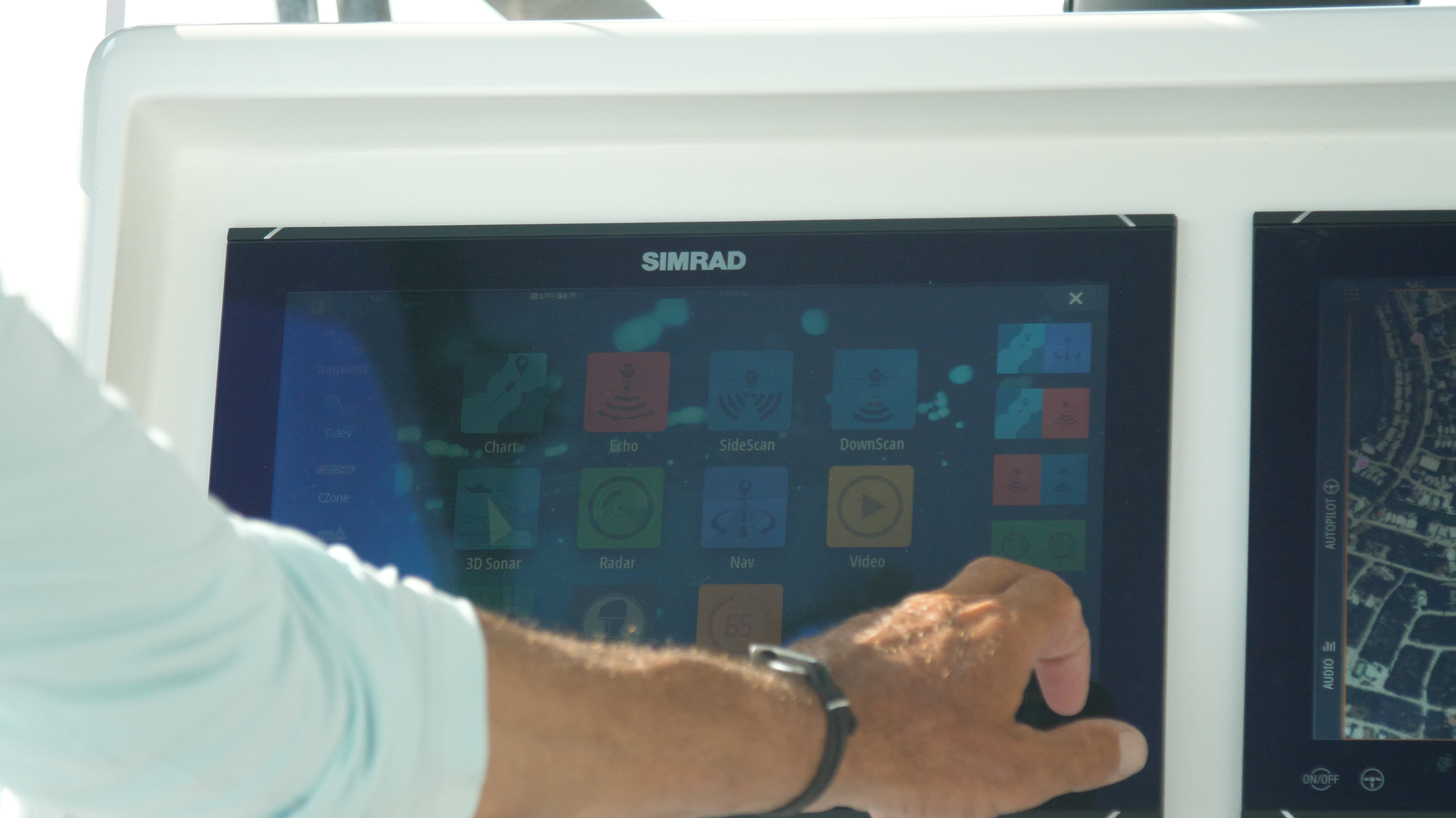
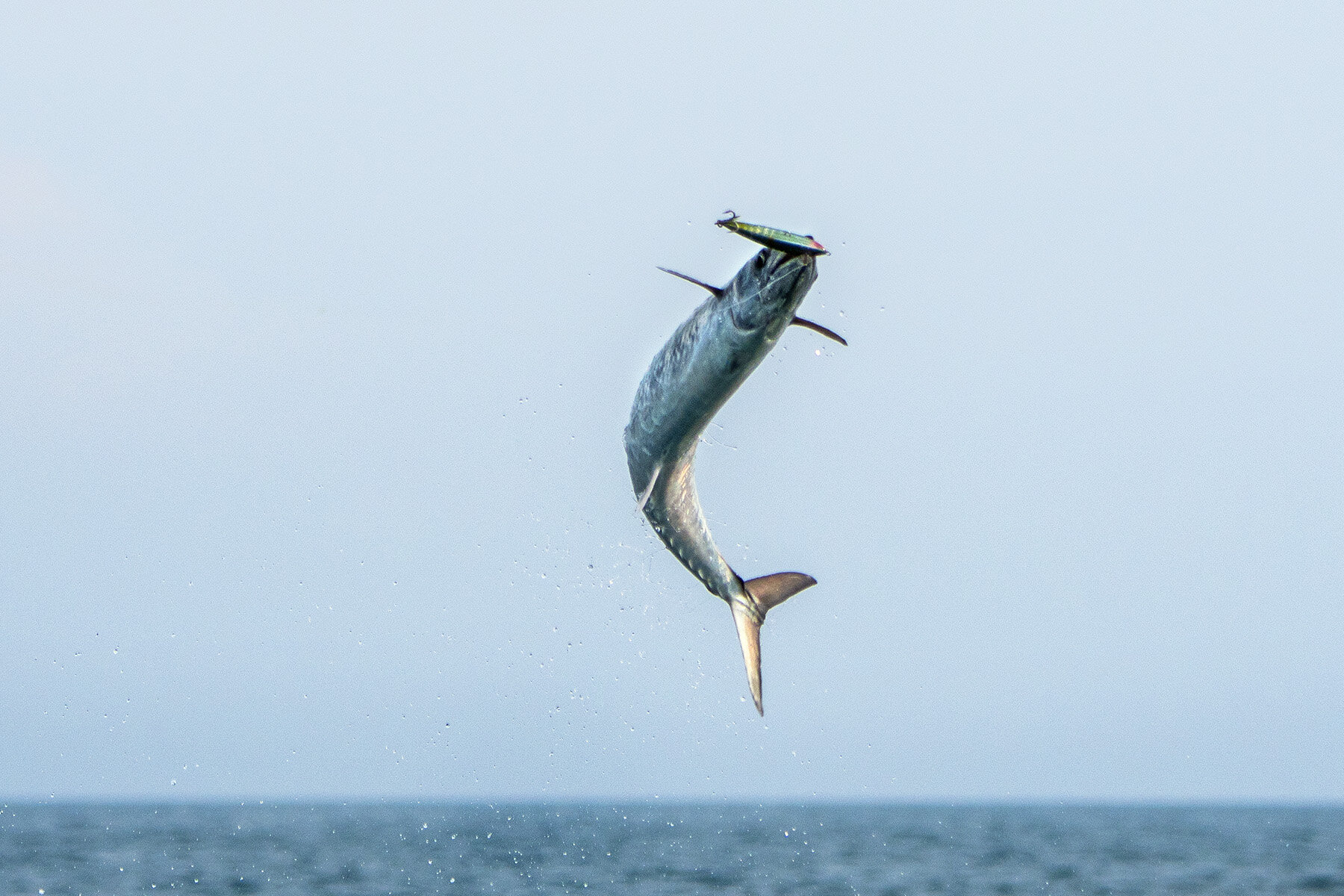



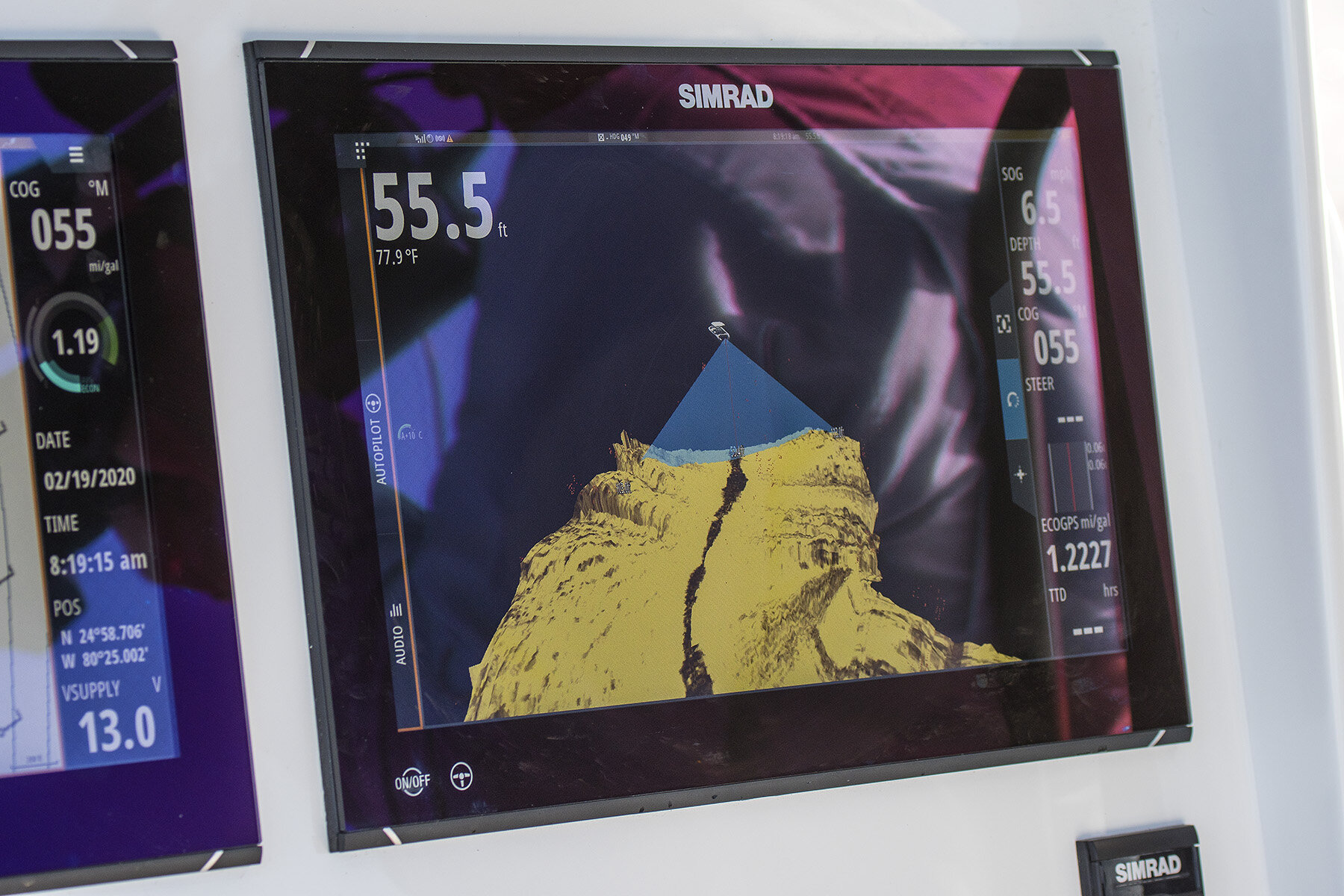


Into the Blue was the CHAMPION of the Waypoint series showdown, meaning that we will be having a 24 hour marathon of the show on Friday, July 10th! You can view the marathon on Samsung TV Plus and Stirr TV ALL DAY Friday!